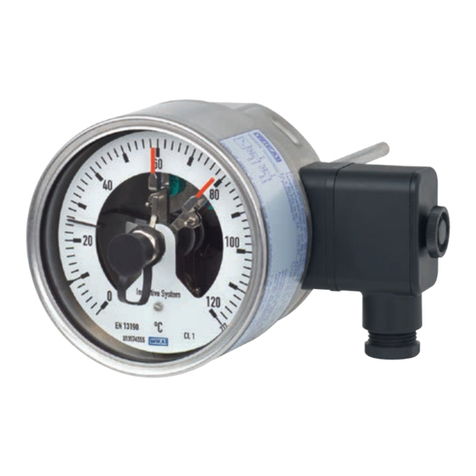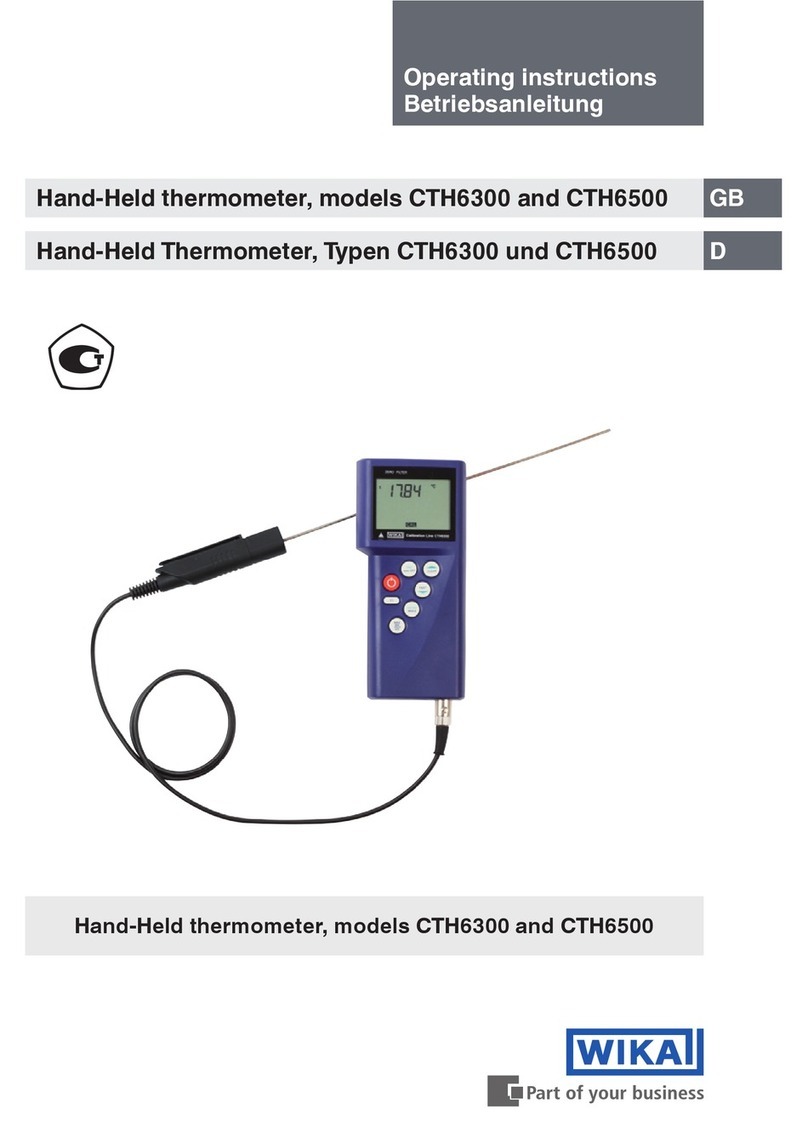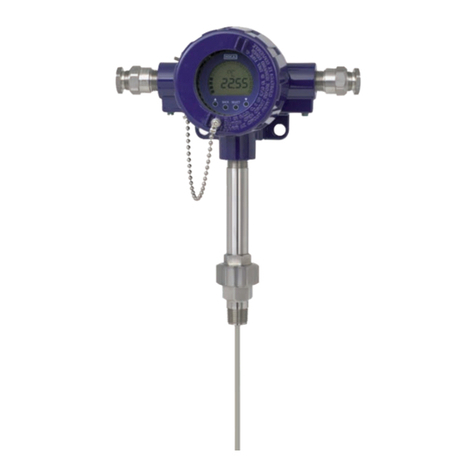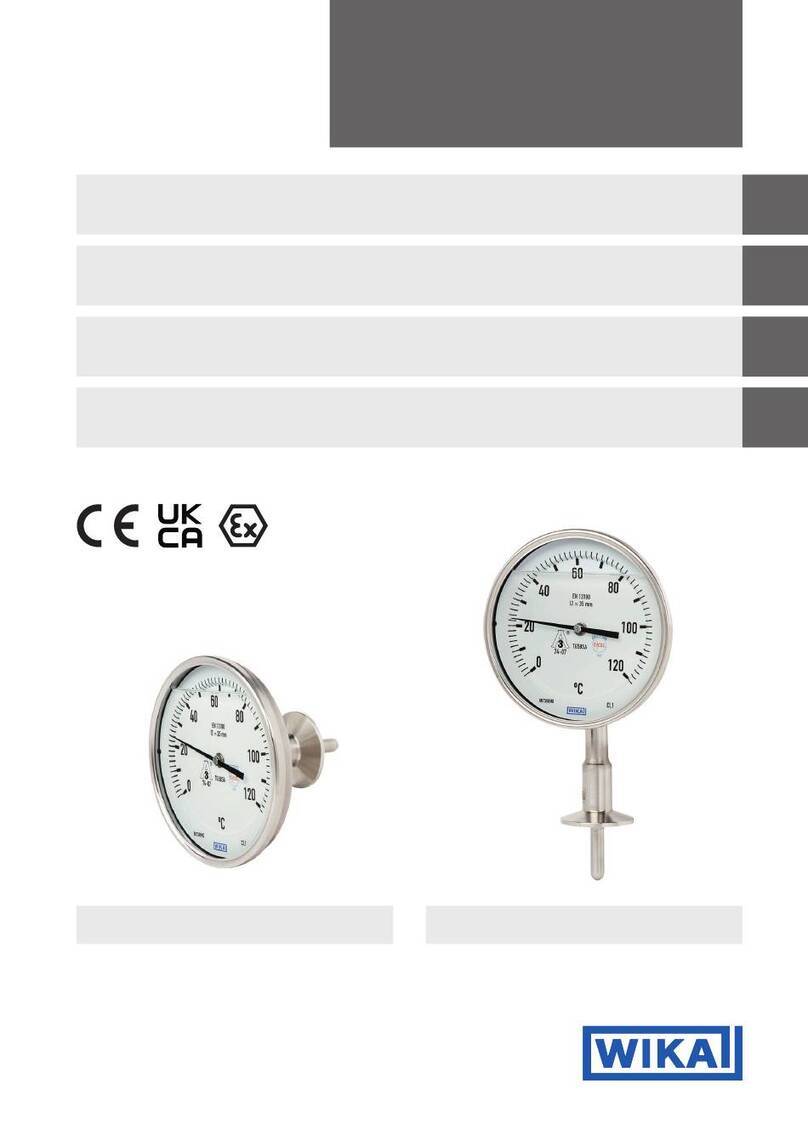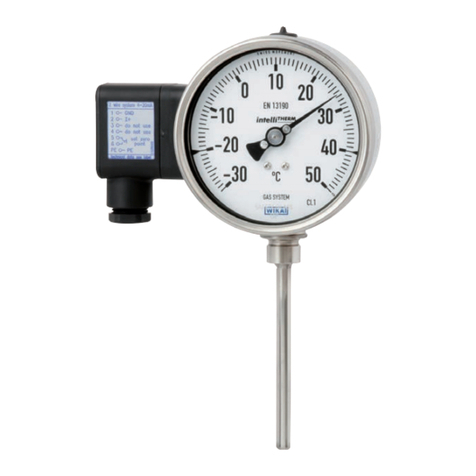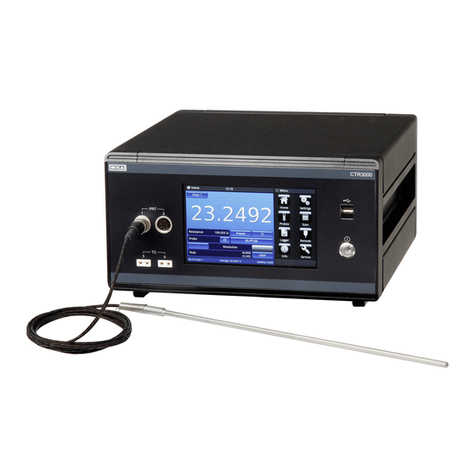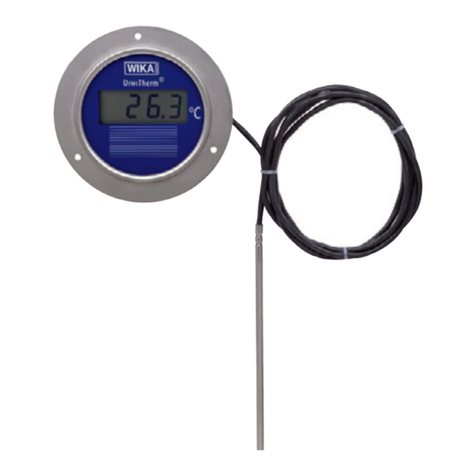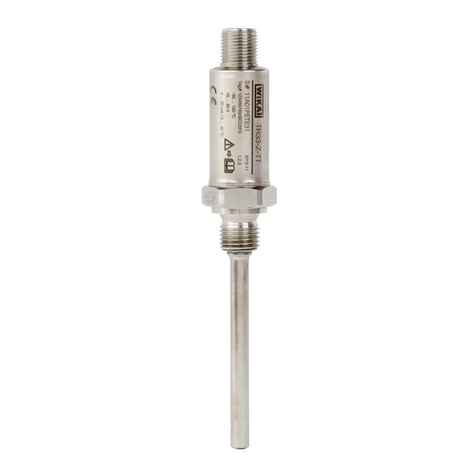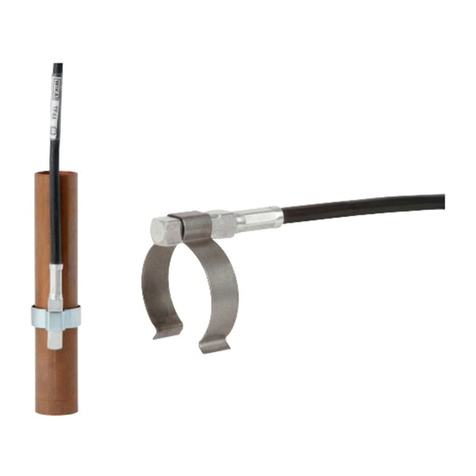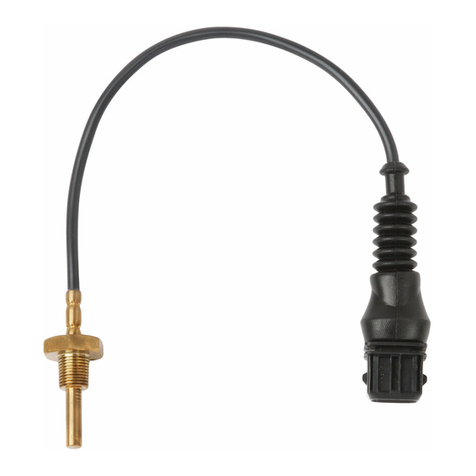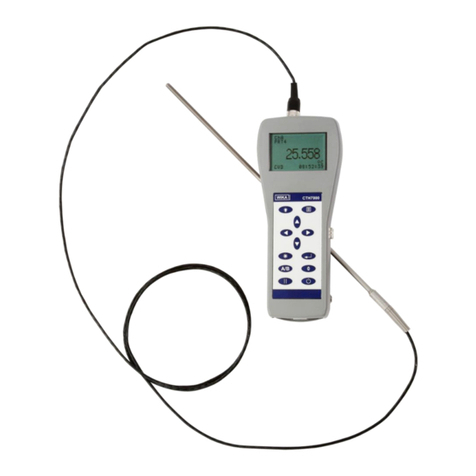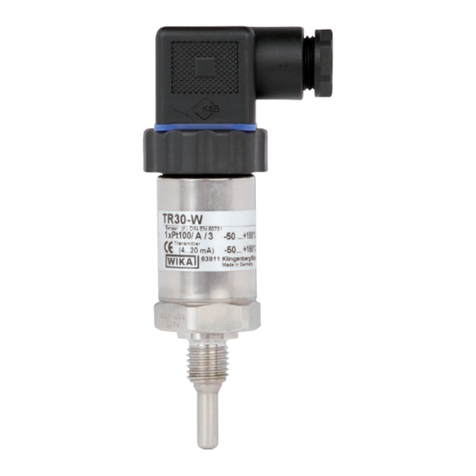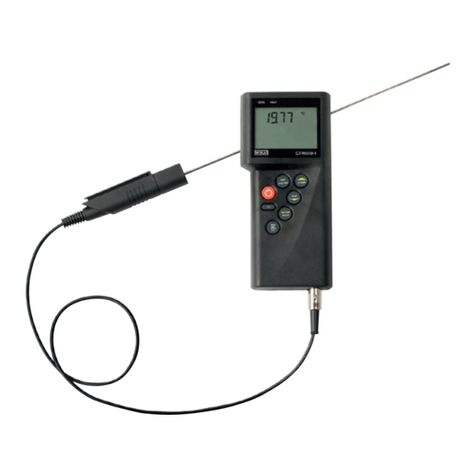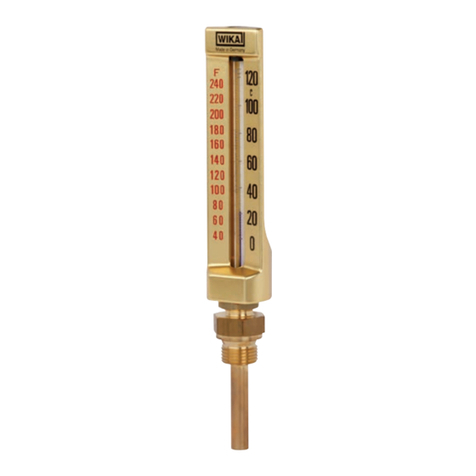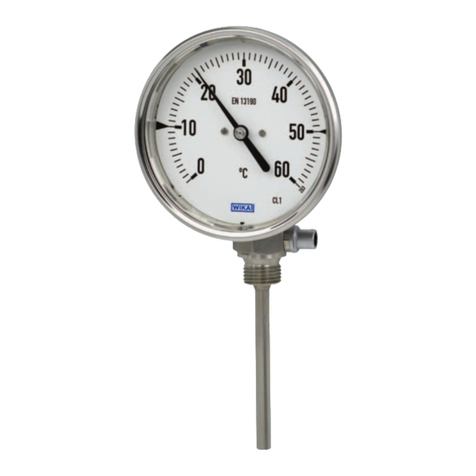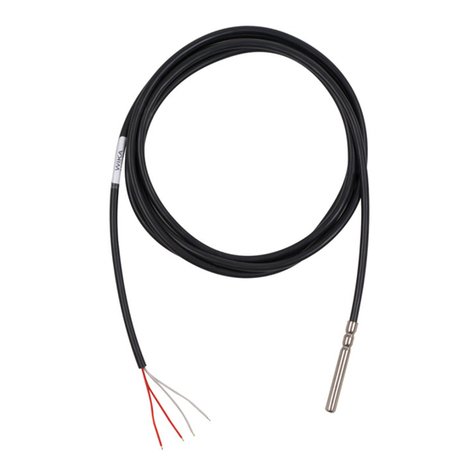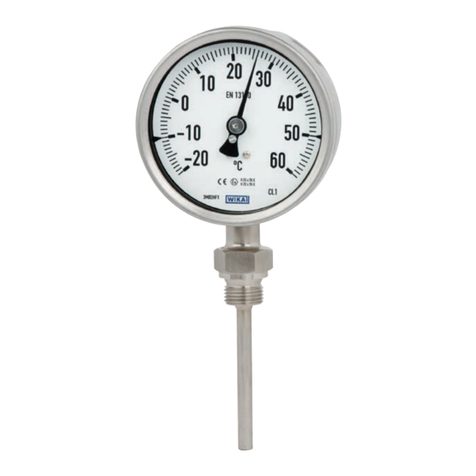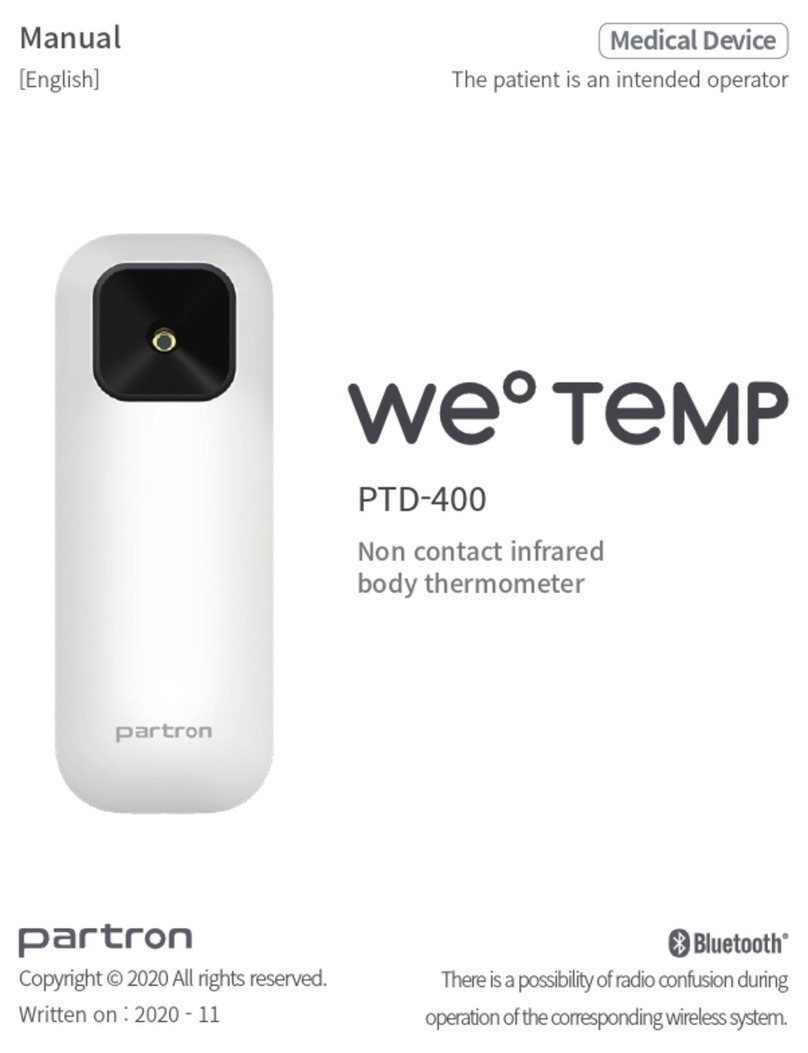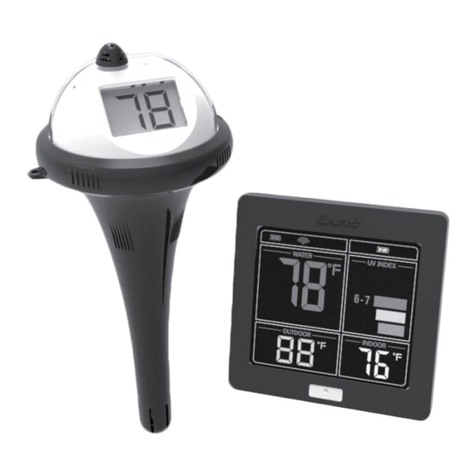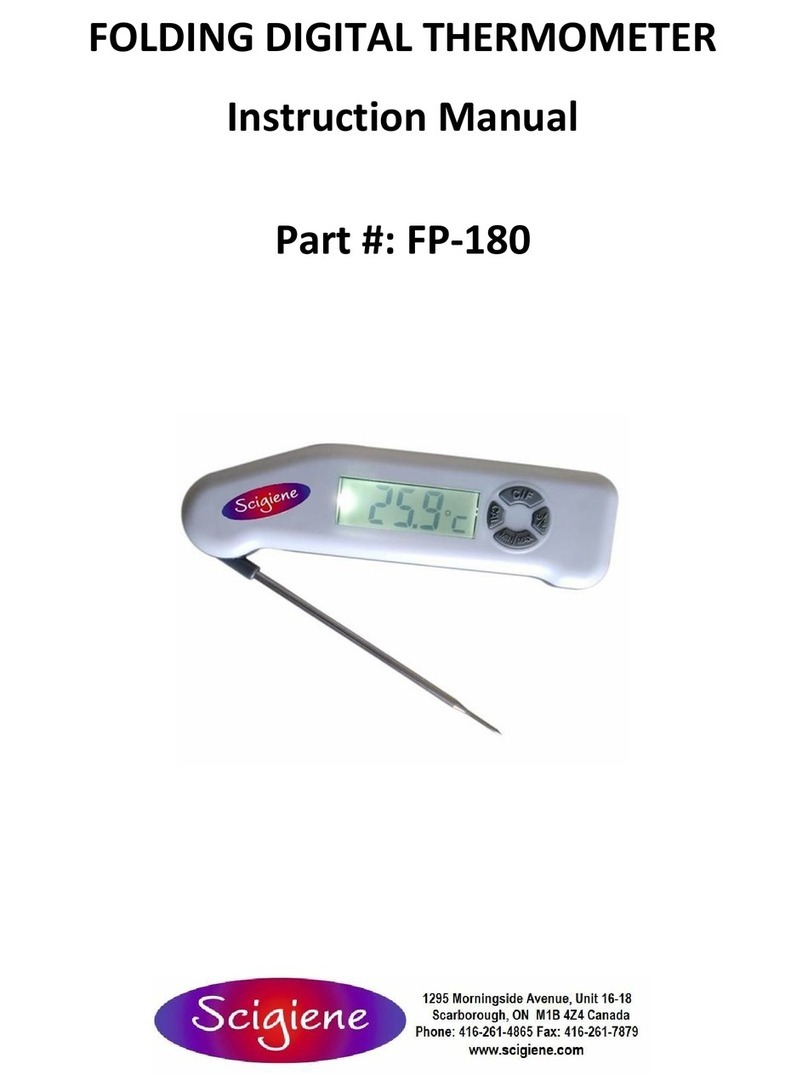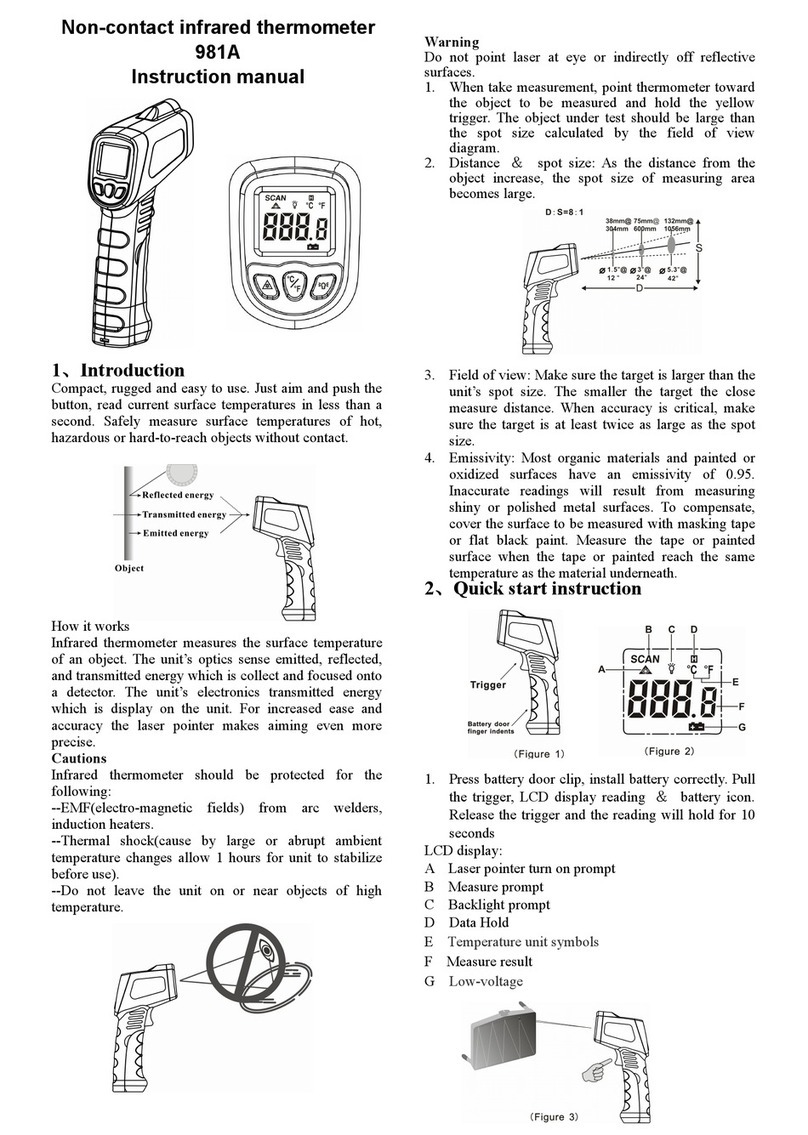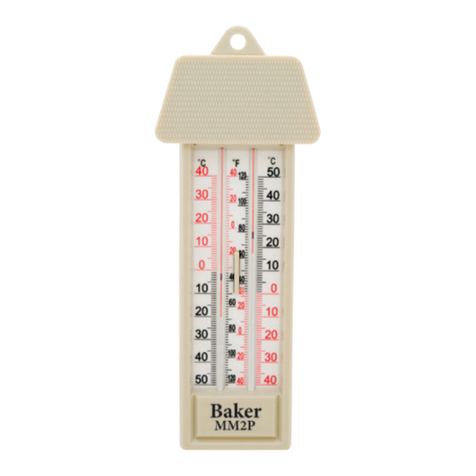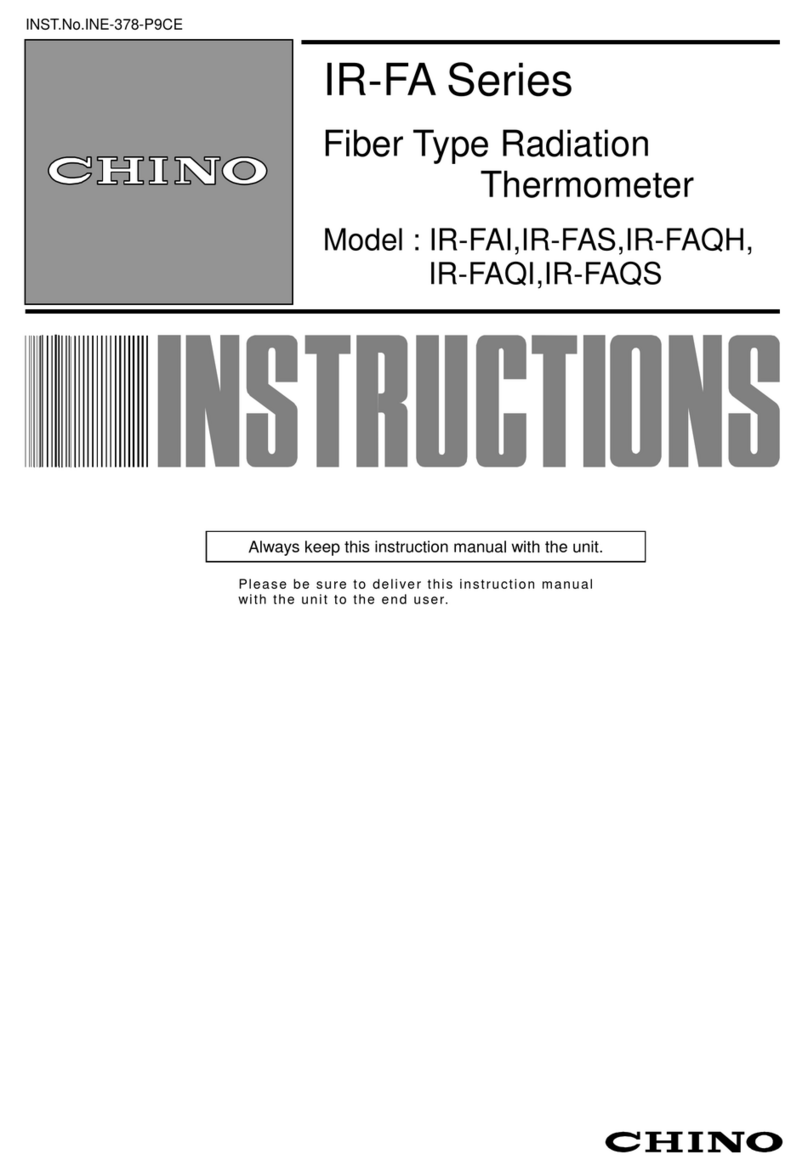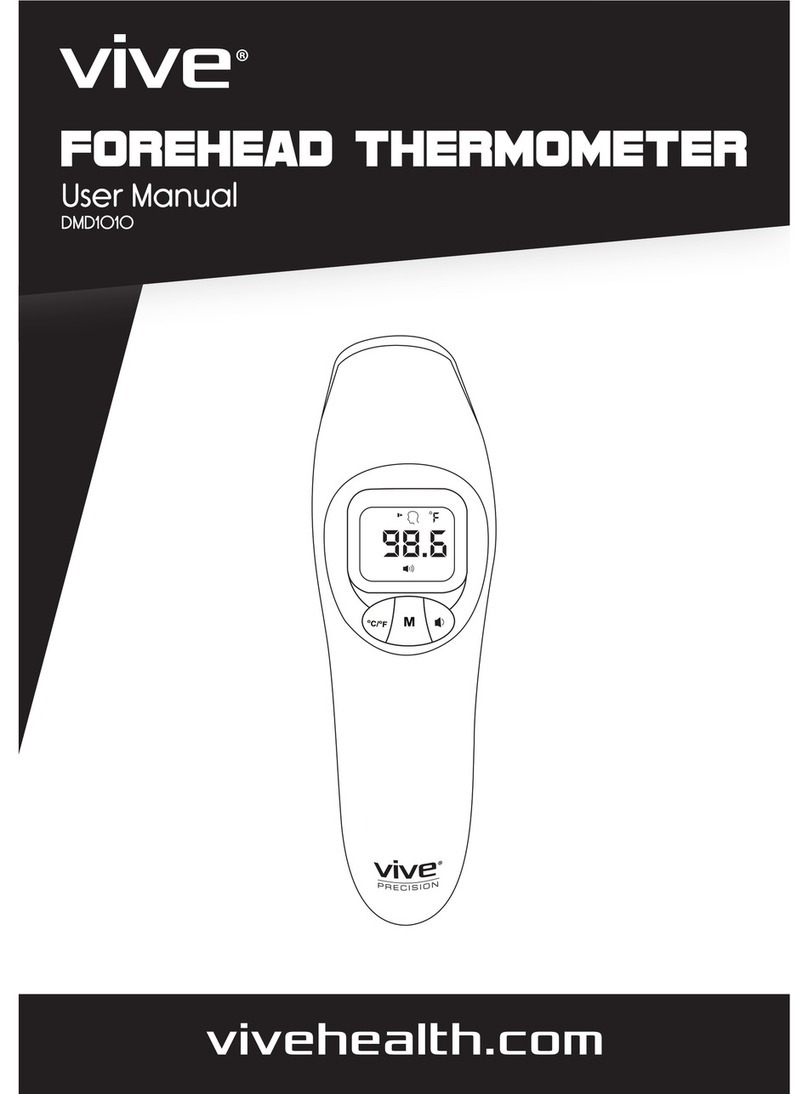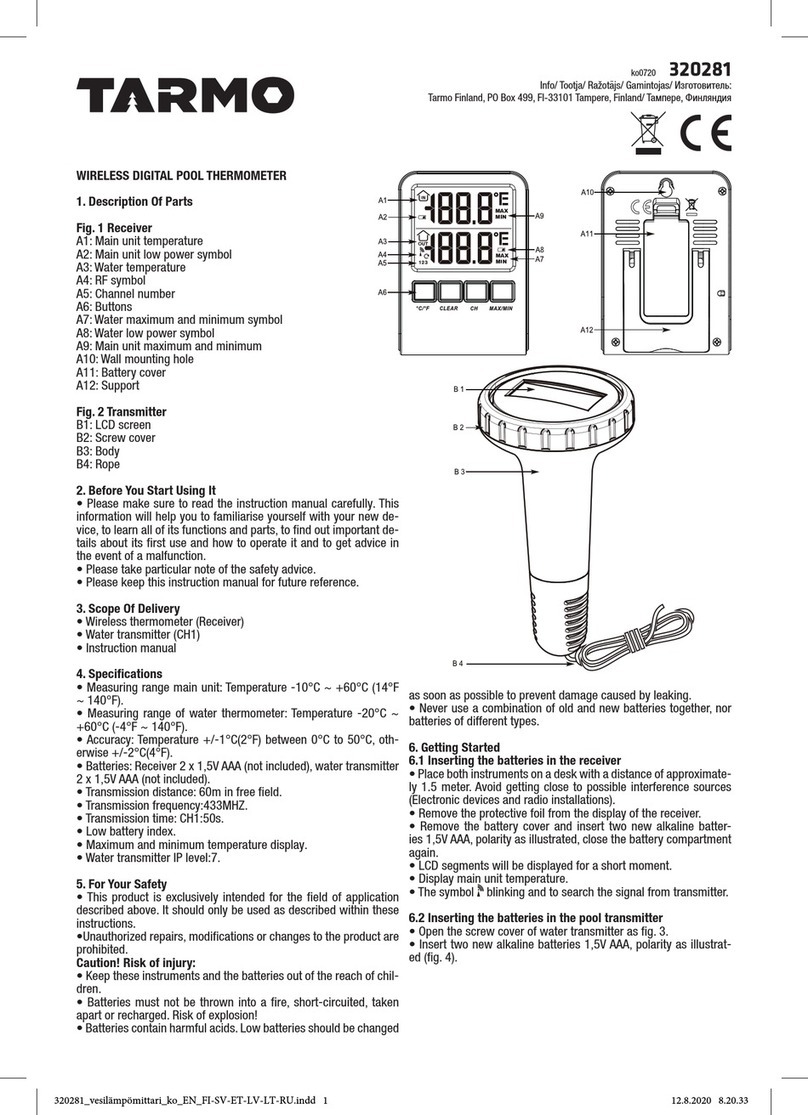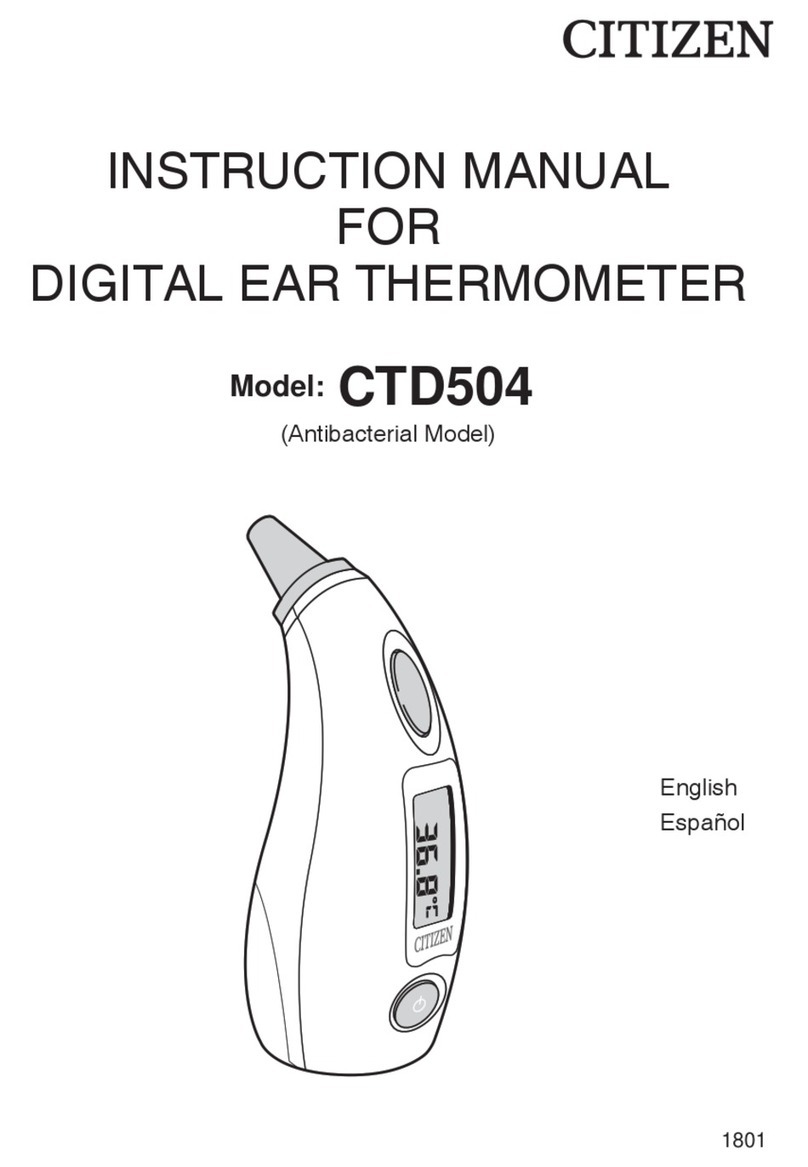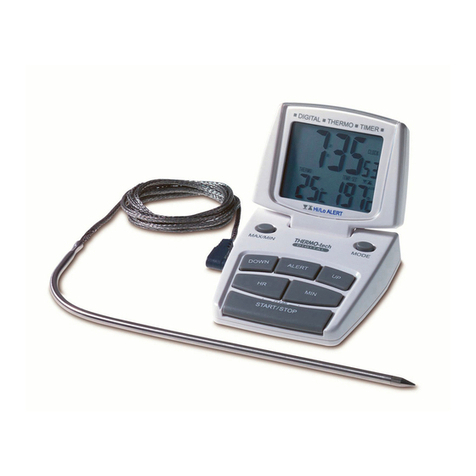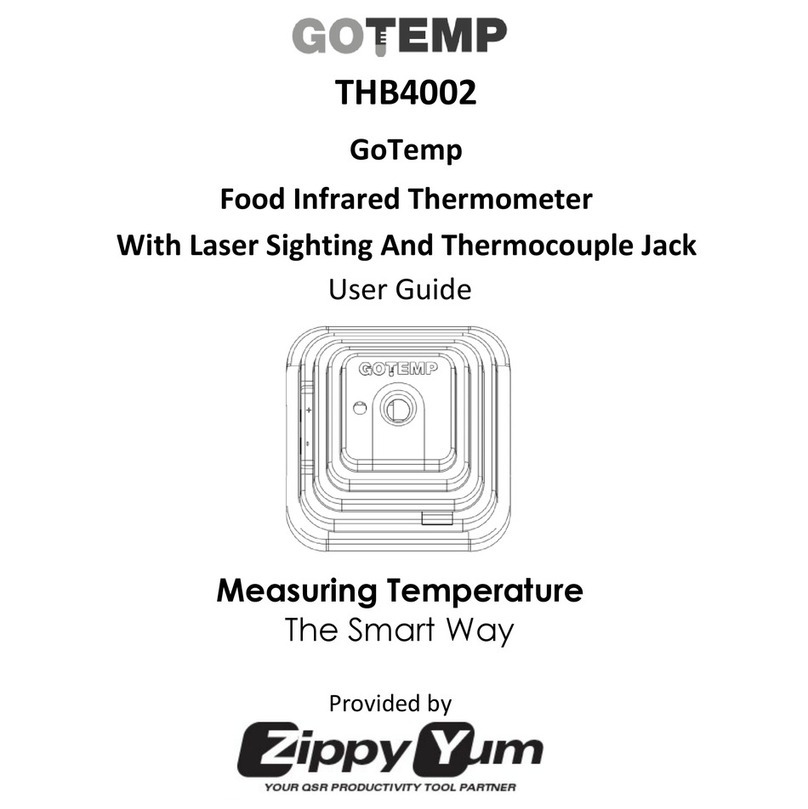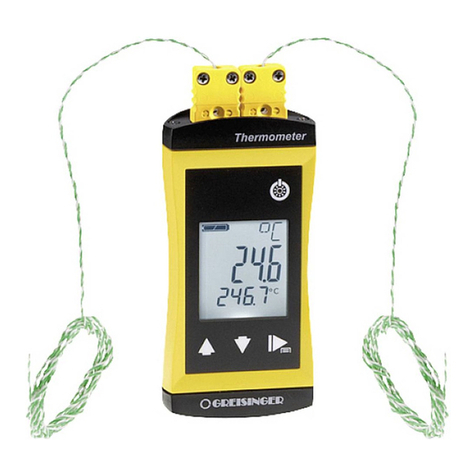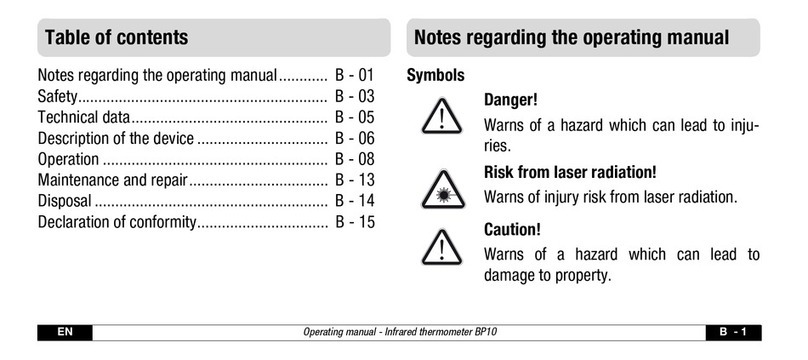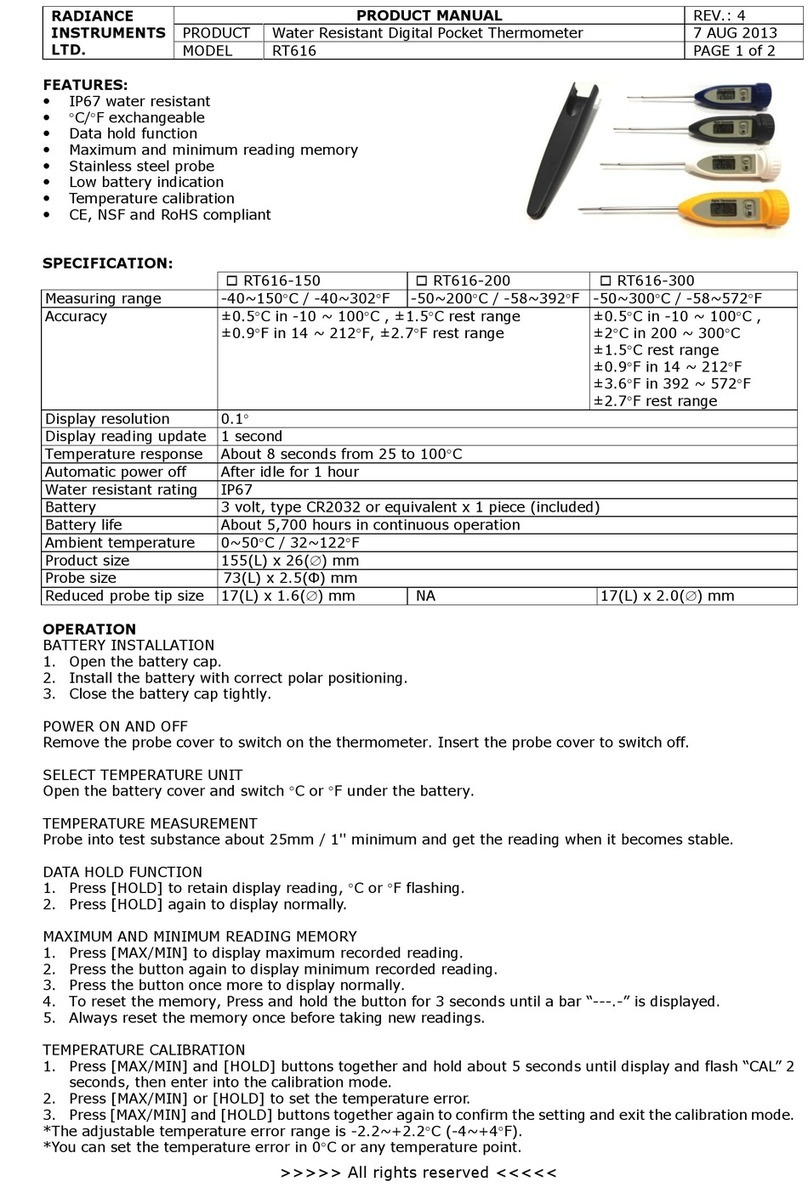
14006814.10 05/2021 EN/DE/FR/ES
WIKA operating instructions model TR218
EN
Neither repairs nor structural modifications are permitted, and any would void the
guarantee and the respective certification. The manufacturer shall not be responsible for
constructional modifications after delivery of the instruments.
The instrument has been designed and built solely for the intended use described here,
and may only be used accordingly.
The technical specifications contained in these operating instructions must be observed.
Improper handling or operation of the instrument outside of its technical specifications
requires the instrument to be taken out of service immediately and inspected by an
authorised WIKA service engineer.
The manufacturer shall not be liable for claims of any type based on operation contrary to
the intended use.
3.3 Responsibility of the operator
The system operator is responsible for selecting the thermometer or protection tube, and
for the selection of their materials, so as to guarantee their safe operation within the plant
or machine.When preparing a quote, WIKA can only give recommendations which are
based on our experience in similar applications.
The safety instructions within these operating instructions, as well as the safety, accident
prevention and environmental protection regulations for the application area must be
maintained.
The operator is obliged to maintain the product label in a legible condition.
3.4 Personnel qualification
WARNING!
Risk of injury should qualification be insufficient
Improper handling can result in considerable injury and damage to
equipment.
▶
The activities described in these operating instructions may only be
carried out by skilled electrical personnel who have the qualifications
described below.
Skilled electrical personnel
Skilled electrical personnel are understood to be personnel who, based on their technical
training, know-how and experience as well as their knowledge of country-specific
regulations, current standards and directives, are capable of carrying out work on
electrical systems and independently recognising and avoiding potential hazards.The
skilled electrical personnel have been specifically trained for the work environment they
are working in and know the relevant standards and regulations.The skilled electrical
personnel must comply with current legal accident prevention regulations.
3. Safety
